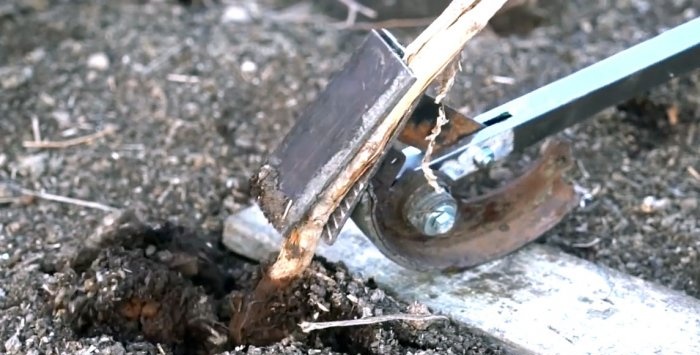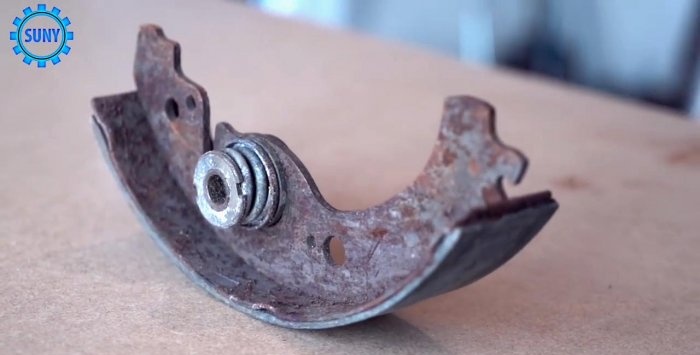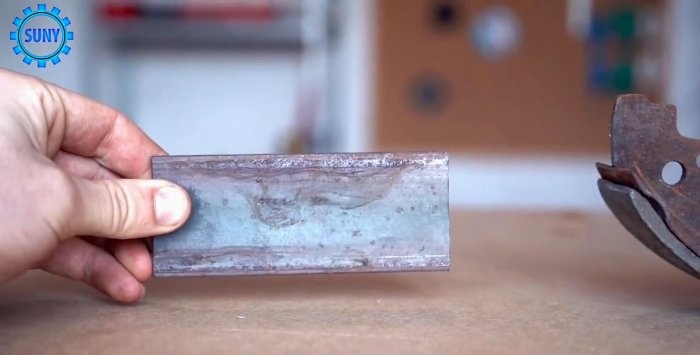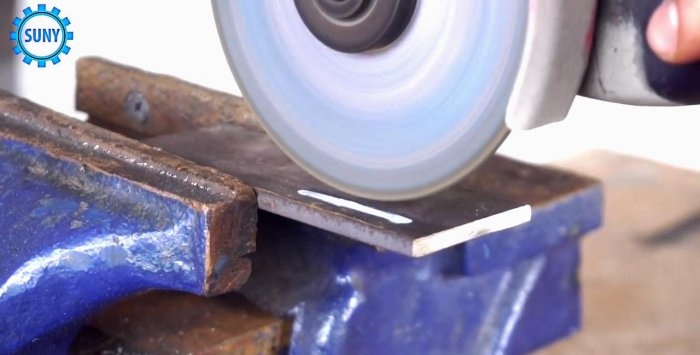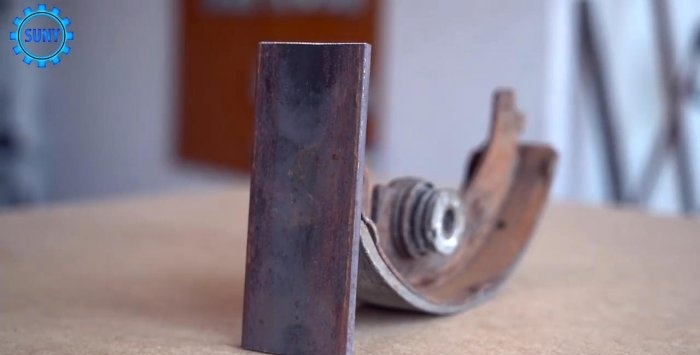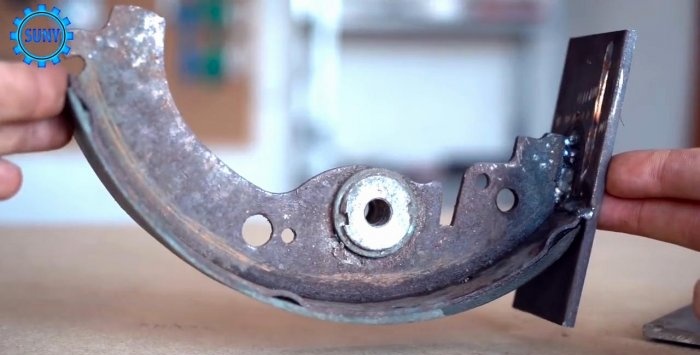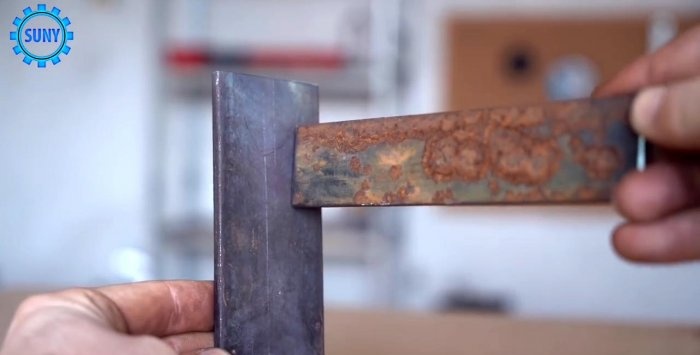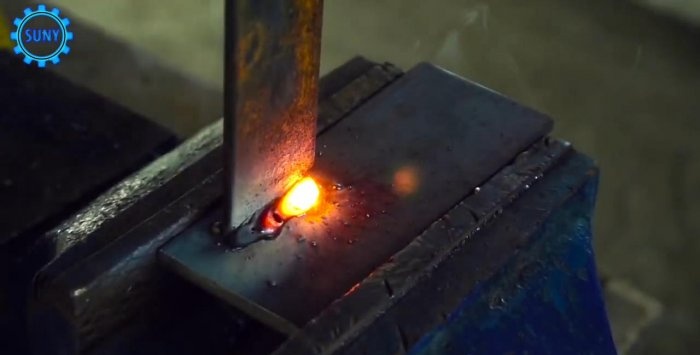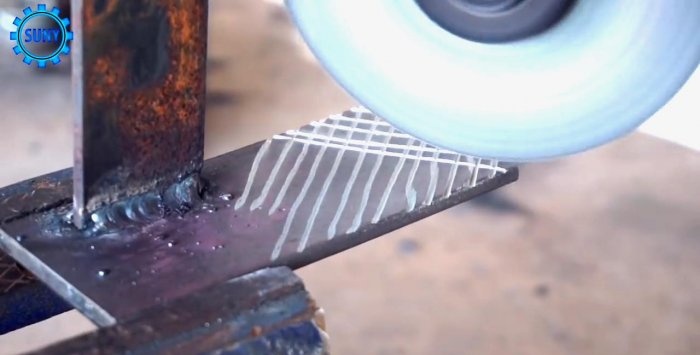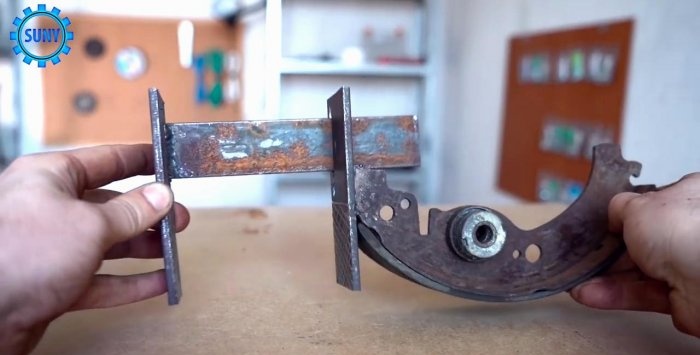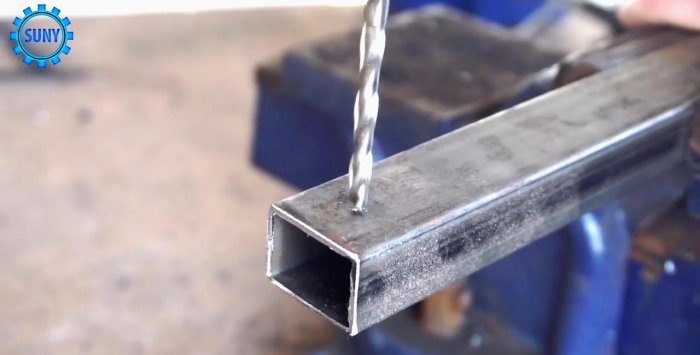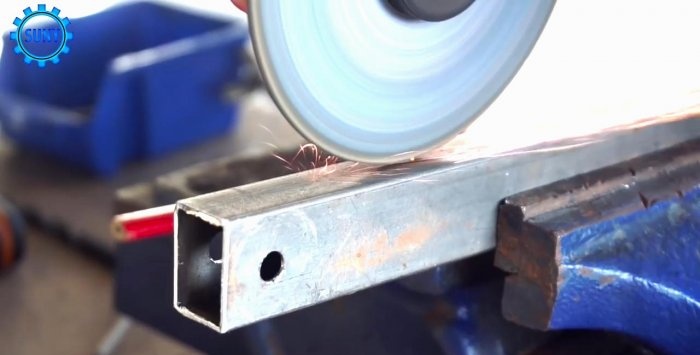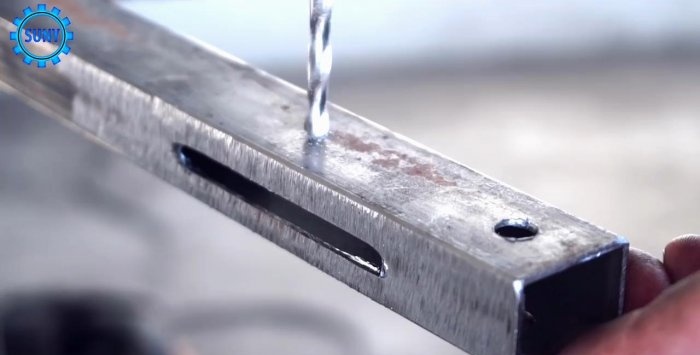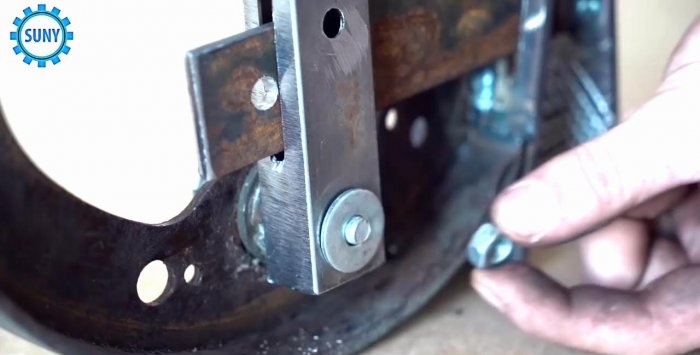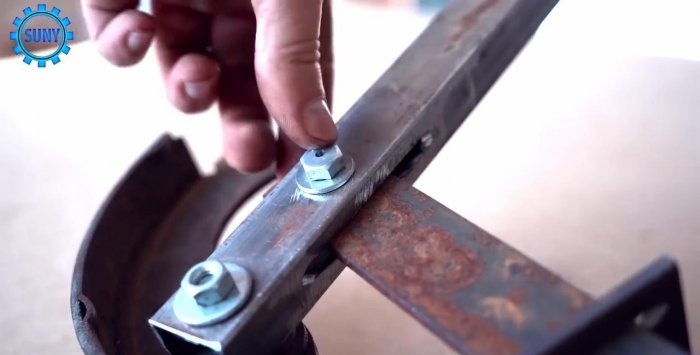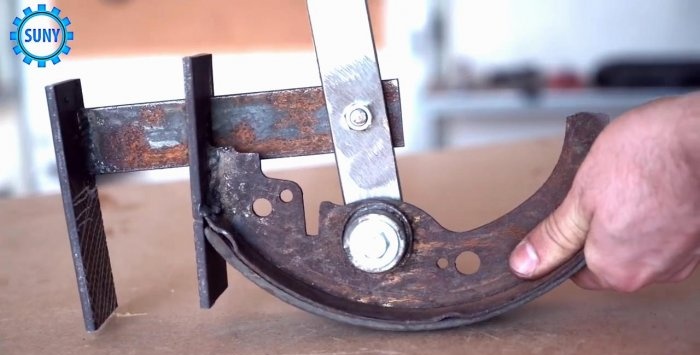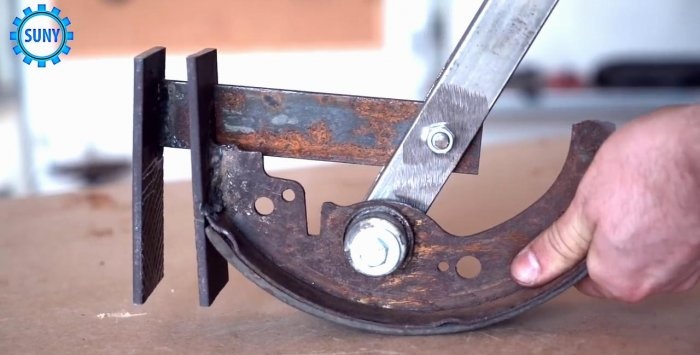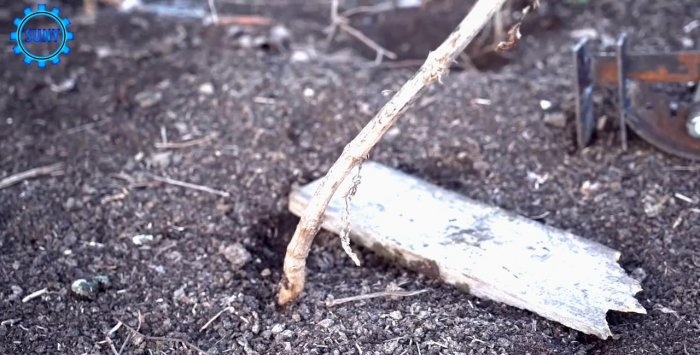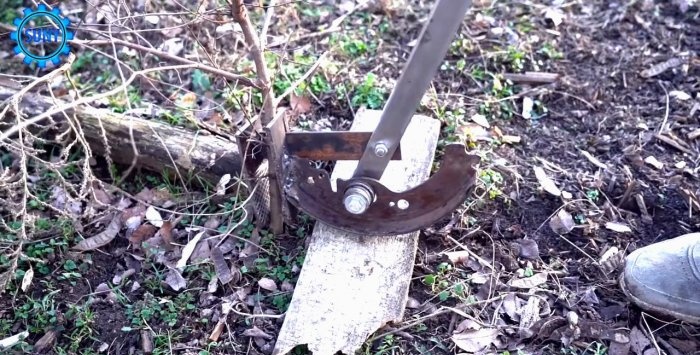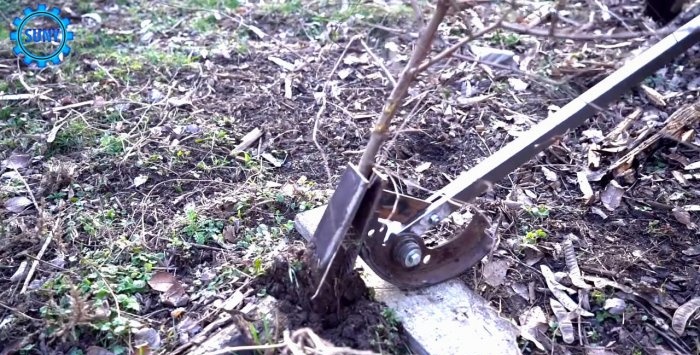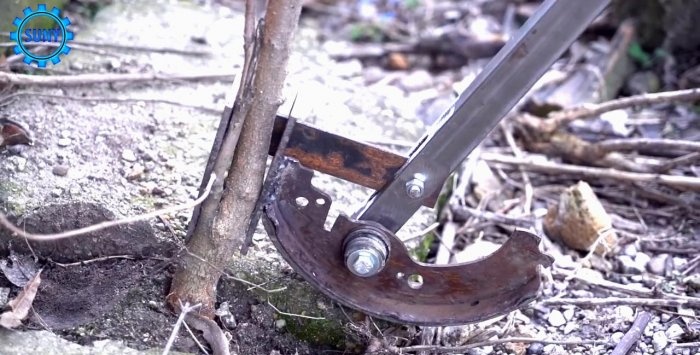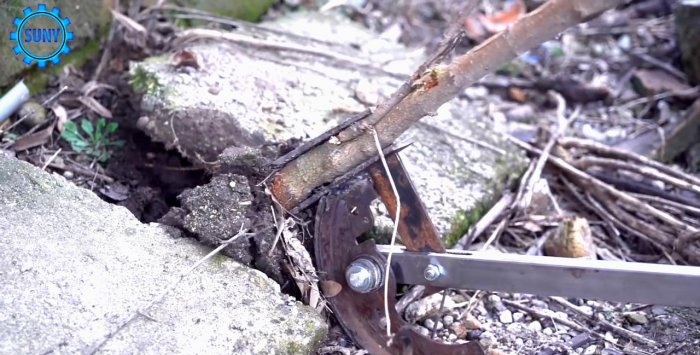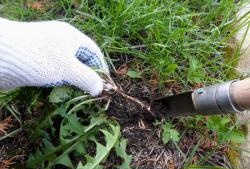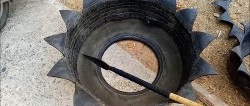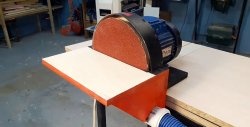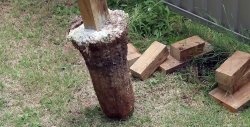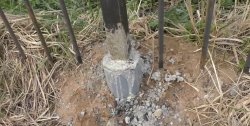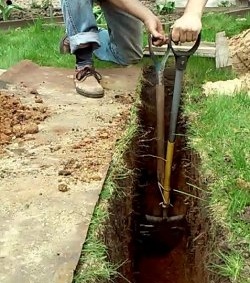How to make a manual uprooter for bushes and small trees
Usually, unnecessary or excess plantings are removed manually, using common means (shovel, hoe, ketmen, etc.), with a lot of physical effort and time. At the same time, you can make a homemade uprooter for removing small trees and bushes from available and inexpensive materials and use it as needed.
Let's consider one of the possible ways to manufacture a manual uprooter based on a drum-type automobile brake shoe that is unsuitable for further use for its intended purpose.
This element of the braking mechanism is perfect for the new function: it is quite rigid, has a cylindrical shape and will easily roll along the ground or support, and the remains of the friction lining will not allow the device to slip while uprooting roots.
What might we need for this?
In addition to the already mentioned used brake pads, we must stock up or purchase:
Any adult with some knowledge of welding and plumbing can handle this job. You can choose the following sequence of actions:
1. We clamp one of two strips of metal in a vice and use a grinder along the long side, stepping back 10 mm from the edge, closer to the end we cut a strip 5 mm wide and about 50 mm long.
2. Then we weld this part with the slot upward to the end of the short arm of the brake pad relative to the axis of its attachment to the support disk.
3. We weld a narrower but longer metal strip perpendicularly to the second strip of metal in the same place where the slot is located on the first one.
On the side of the welding joint, apply a cross notch on a wide strip with a grinder.
4. We insert the part with a notch with a welded strip into the slot of the element attached to the block with a permanent connection.
5. We try on the lever handle and mark at the lower end the location of the hole for connecting to the block, through which the swing axis of the lever will pass to activate the movable grip of the uprooter.
6. Next, we drill holes and make a slot for passing and attaching the movable grip rod to the lever handle.
7. All that remains is to fasten the moving parts of the homemade uprooter with bolted connections and our homemade device is completely ready to work for its intended purpose.
Operating such a device is much simpler and more convenient, and without unnecessary expenditure of physical effort and time.
The uprooter is installed on the ground near the trunk. If the soil is soft, place a piece of wooden board under the device.
By pushing the handle-lever forward, we grab the barrel with a movable clamp and begin to tilt the lever to the side and down. First, the tree trunk is pinched between the movable and fixed clamps. Then the device, rolling the brake pad along the ground (board), pulls the pinched tree trunk and, as a result, pulls the root system out of the soil.
Again:
To make it easier to hold the device when gripping a tree trunk and to keep your shoes safe, you can weld a square or round heel stop at the other end of the brake shoe.
Let's consider one of the possible ways to manufacture a manual uprooter based on a drum-type automobile brake shoe that is unsuitable for further use for its intended purpose.
This element of the braking mechanism is perfect for the new function: it is quite rigid, has a cylindrical shape and will easily roll along the ground or support, and the remains of the friction lining will not allow the device to slip while uprooting roots.
What might we need for this?
Tools and materials
In addition to the already mentioned used brake pads, we must stock up or purchase:
- two strips of ferrous metal measuring approximately 100x40x5 mm;
- one strip of ferrous metal approximately 120x30x4 mm;
- rectangular profile pipe 40×20×2-3 mm and about 1 m long;
- two sets of M6 or M8 threaded connection “bolt-washer-nut”;
- bench vice;
- grinder;
- electric welding machine;
- drill press or electric drill.
The process of making a homemade uprooter
Any adult with some knowledge of welding and plumbing can handle this job. You can choose the following sequence of actions:
1. We clamp one of two strips of metal in a vice and use a grinder along the long side, stepping back 10 mm from the edge, closer to the end we cut a strip 5 mm wide and about 50 mm long.
2. Then we weld this part with the slot upward to the end of the short arm of the brake pad relative to the axis of its attachment to the support disk.
3. We weld a narrower but longer metal strip perpendicularly to the second strip of metal in the same place where the slot is located on the first one.
On the side of the welding joint, apply a cross notch on a wide strip with a grinder.
4. We insert the part with a notch with a welded strip into the slot of the element attached to the block with a permanent connection.
5. We try on the lever handle and mark at the lower end the location of the hole for connecting to the block, through which the swing axis of the lever will pass to activate the movable grip of the uprooter.
6. Next, we drill holes and make a slot for passing and attaching the movable grip rod to the lever handle.
7. All that remains is to fasten the moving parts of the homemade uprooter with bolted connections and our homemade device is completely ready to work for its intended purpose.
Operating such a device is much simpler and more convenient, and without unnecessary expenditure of physical effort and time.
The uprooter is installed on the ground near the trunk. If the soil is soft, place a piece of wooden board under the device.
By pushing the handle-lever forward, we grab the barrel with a movable clamp and begin to tilt the lever to the side and down. First, the tree trunk is pinched between the movable and fixed clamps. Then the device, rolling the brake pad along the ground (board), pulls the pinched tree trunk and, as a result, pulls the root system out of the soil.
Again:
P.S.
To make it easier to hold the device when gripping a tree trunk and to keep your shoes safe, you can weld a square or round heel stop at the other end of the brake shoe.
Watch the video
Similar master classes
Particularly interesting
Comments (4)

